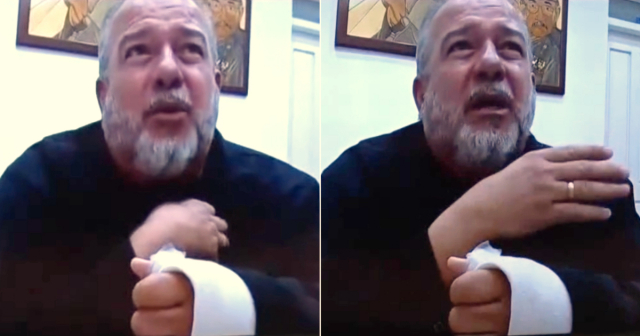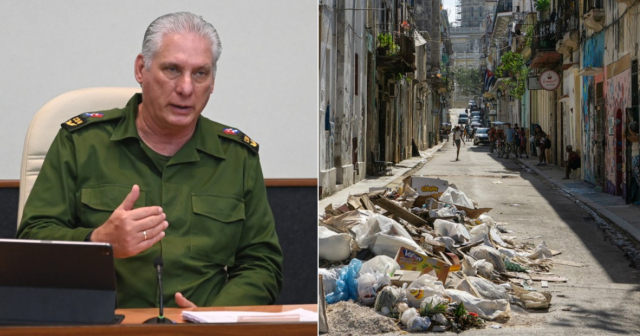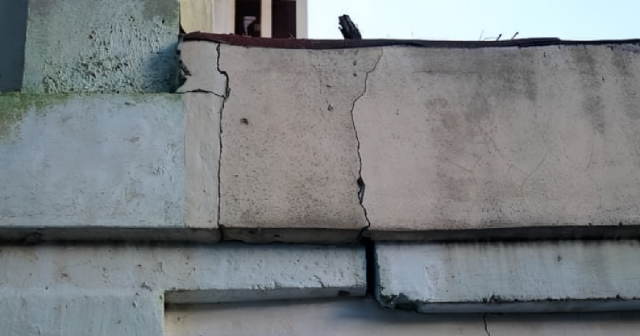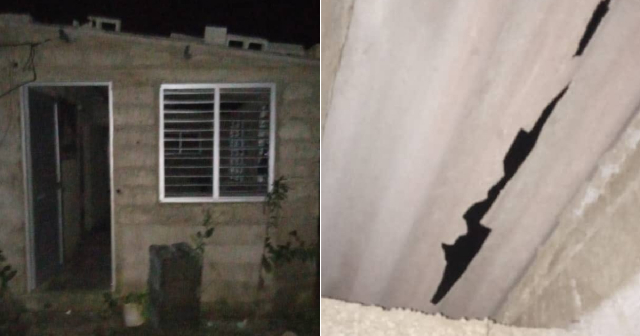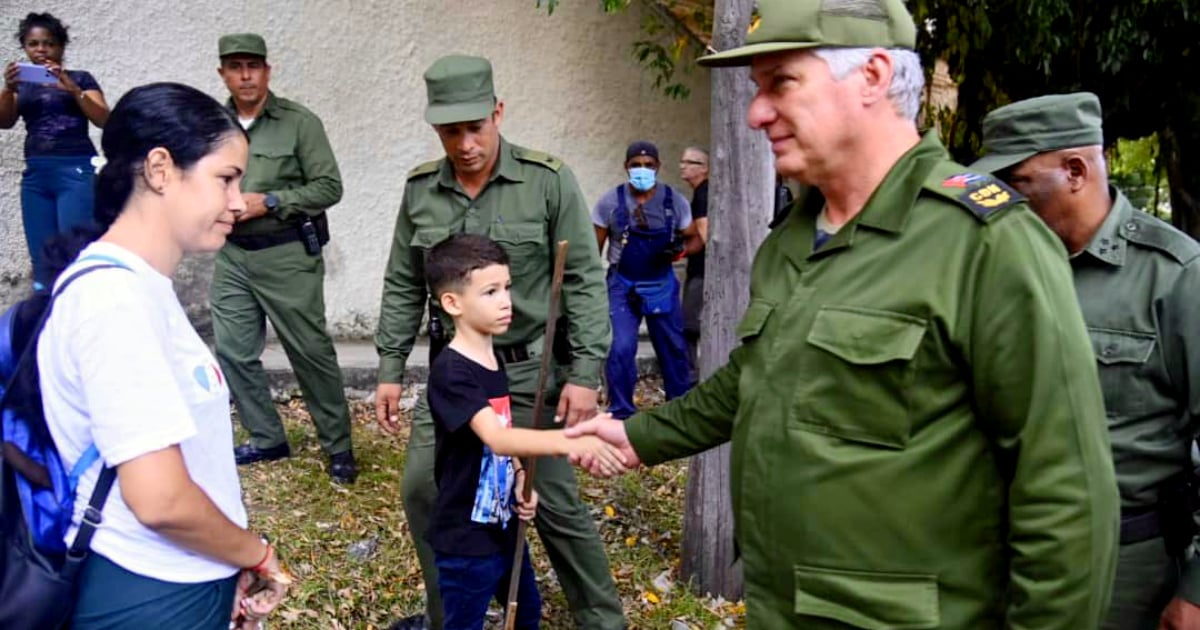
Dressed in his uniform as president of the National Defense Council, the Cuban leader Miguel Díaz-Canel returned to the streets of the capital to once again promote his campaign for the cleaning and sanitation of Havana.
Dirt continues to thrive in the capital, despite the fact that the occupant of the Palace has gone out several times surrounded by his personal guard to tour the neighborhoods and convey to the people of Havana his firm intention to clean up the city.
This Saturday, coinciding with the 505th anniversary of Havana, Díaz-Canel visited several areas of the city to express his concern over the neglect, filth, and pollution that prevail in the landscape.
It was in the so-called Cube of the former Caballería Wharf, the main point of the city's central sewer system.
"On this site, he learned about the investments being made to alleviate the discharge of liquid waste from five municipalities in Havana, funded by donations from Spanish institutions," the Presidency stated on social media.
His agenda included a visit to the "old Sarrá Palace, located on the Havana waterfront, which has been restored by the Office of the Historian of Havana, with support from the Saudi Fund for Development."
The property is regarded as having significant heritage value, alongside the old Palace of the Caryatids, where the Cultural Center of Spain was located from 1997 until 2003, the year in which dictator Fidel Castro closed it after considerable investment and restoration work funded by the Spanish.
Afterward, the leader of the so-called "continuity" and his entourage moved to the areas surrounding the sports city in the Cerro municipality, where he learned details about the progress of the recovery. In discussions with local authorities, the official reiterated his strategy for the cleanup of Havana.
"This is a very large and complex municipality, but it has many workplaces. If we can get these workplaces to take on their responsibilities in the ongoing sanitation of the city, we will win the battle," he said.
The "battle" against garbage is a challenge for the creator of "creative resistance."
At the beginning of October, Díaz-Canel launched a comprehensive offensive against the uncontrolled accumulation of waste in the capital.
According to the official newspaper Granma, the leader, during his visit to the Diez de Octubre municipality, announced a strategic plan in which "each ministry will sponsor a municipality," aiming to stabilize solid waste collection and improve hygiene conditions in the city.
However, a month later, Havana continues to display the chaos of garbage, ruins, and waste that flood its streets. And Díaz-Canel's strategy, based on the sponsorship of municipalities by his government ministries and on "eradicating the culture of shoddiness"... is notably absent.
Unfazed, the also first secretary of the Communist Party of Cuba (PCC) “engaged in dialogue with workers and neighbors” of Cerro, according to a report from the National Television News (NTV), to whom he explained the strategy for sanitation and community services that he conceived during his sleepless nights of concern for the well-being of Cubans.
"Now, what do we need to do? We need to seek sustainability. We won’t always be able to have the same amount of resources as we do these days. But if once a week we manage to have a group of teams and organizations participate, if we can ensure that the workplaces in each area support their community, and if we mobilize like you do here once a week, through the CDR and workplaces, [then] we can help maintain the city."
Additionally, he called for "discipline and commitment from the city's residents" to keep the city beautiful. "We must all defend this city, and we need to heal its wounds," he added before returning to the Palace with clean hands, his applauding entourage, and his polluting vehicles.
Filed under:

